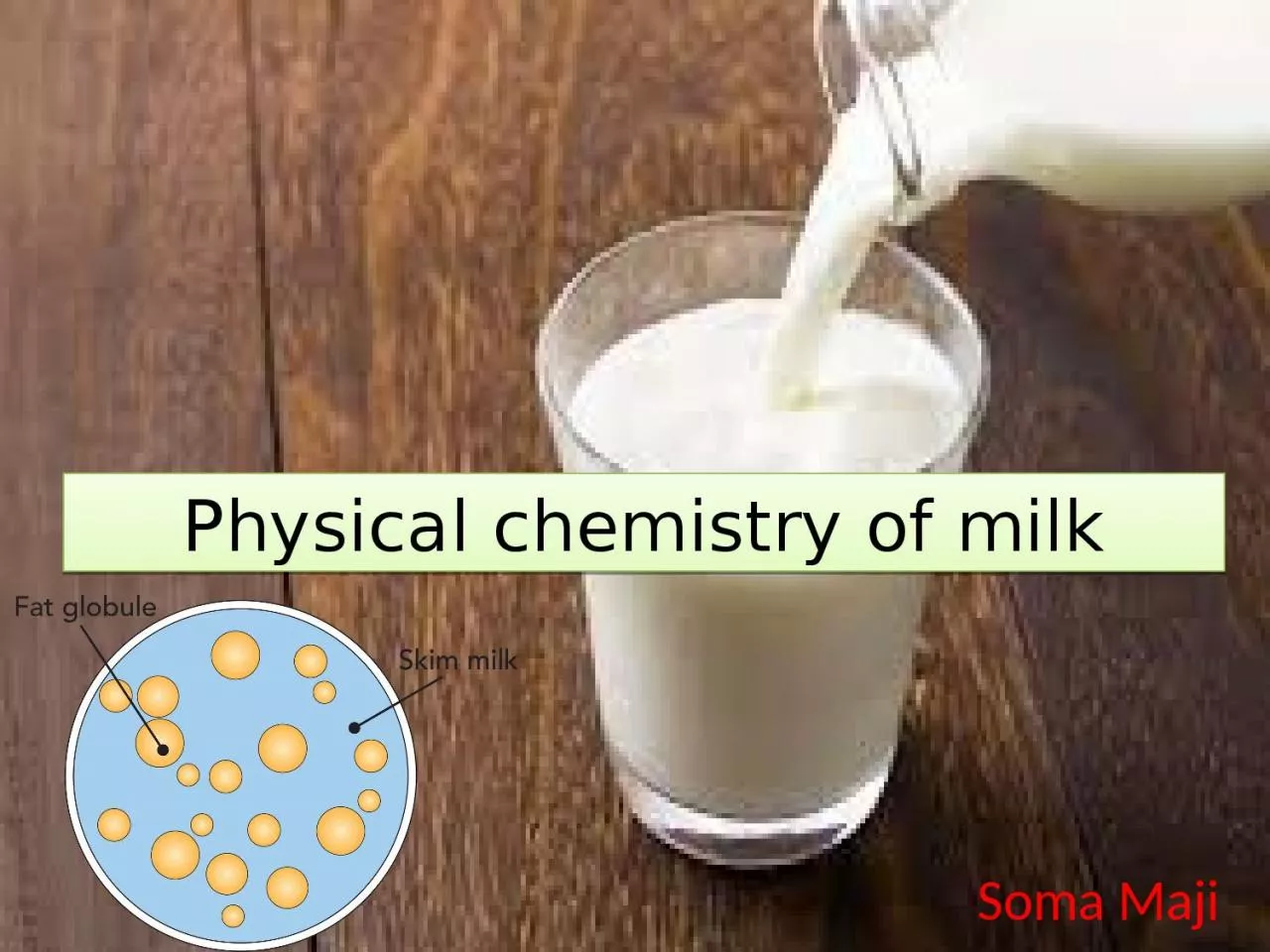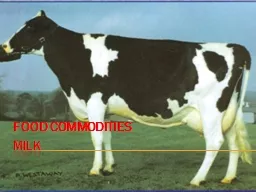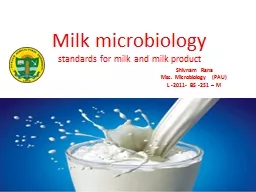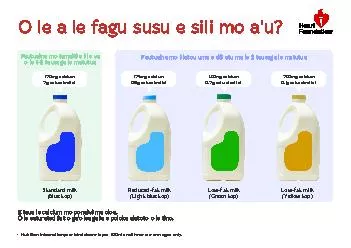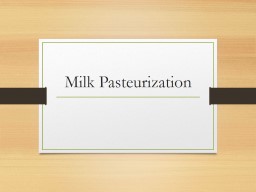PPT-Physical chemistry of milk
Author : zoe | Published Date : 2024-01-29
Soma Maji Definition of milk Milk may be defined as the whole fresh clean lacteal secretion obtained by the complete milking of one or more healthy milch animals
Presentation Embed Code
Download Presentation
Download Presentation The PPT/PDF document "Physical chemistry of milk" is the property of its rightful owner. Permission is granted to download and print the materials on this website for personal, non-commercial use only, and to display it on your personal computer provided you do not modify the materials and that you retain all copyright notices contained in the materials. By downloading content from our website, you accept the terms of this agreement.
Physical chemistry of milk: Transcript
Download Rules Of Document
"Physical chemistry of milk"The content belongs to its owner. You may download and print it for personal use, without modification, and keep all copyright notices. By downloading, you agree to these terms.
Related Documents

